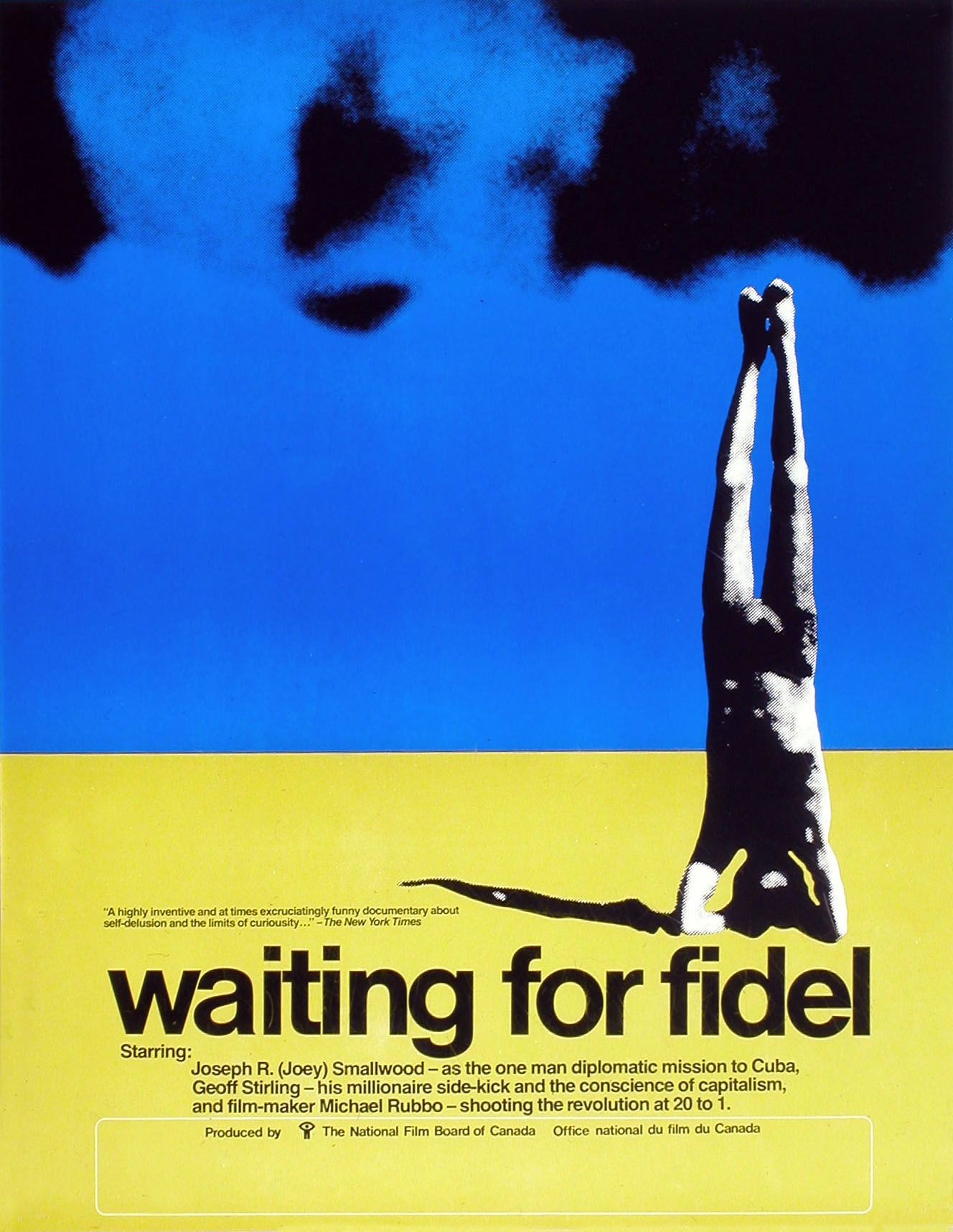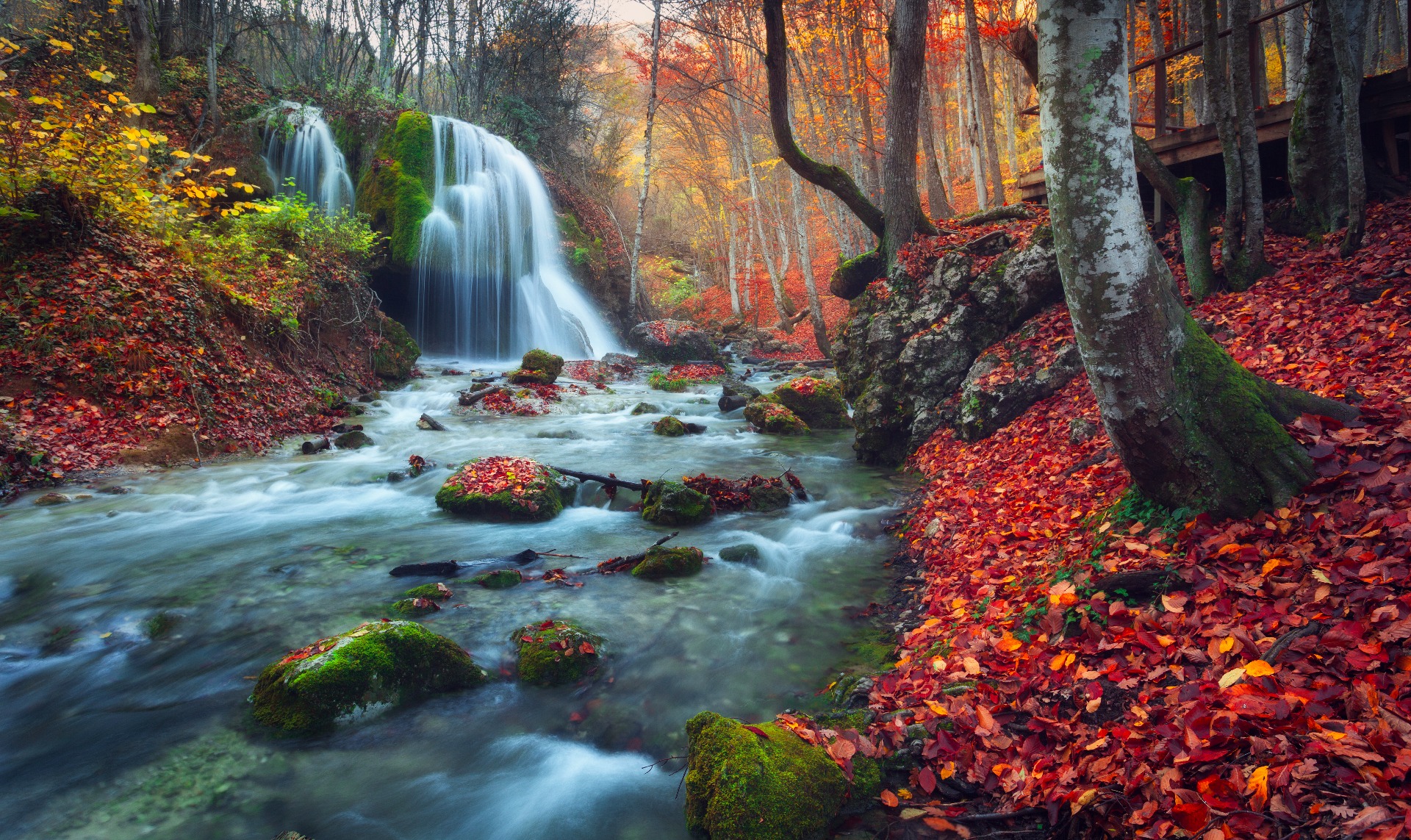Different types of Documentaries

Introduction
Mokumentaries
Basically, this is a mick take of the documentary style and uses the common tropes to build a slightly believable satire show or film about a fictional event or group of people. The entire premises of this style of documentary is to make fun and tear apart the point of the factual use of the basic documentary.
However, even in this trope, the topics can vary. The office is a very popular mockumentary that originated in the UK but was taken up by a US company and adapted to suit the comedic style of the country. Less based in real life situations, the brightly lit and over the top show became a huge hit due to it's take on office life and how it changes and adapts throughout the years. You moved on and changed with the characters through the show as they get married and pull pranks over the years, all based off of interviews and the following camera crew they have.



The 6 Modes
Introduction
Poetic documentaries

Normally, this style of documentary lacks a narrative or it isn't very strong. A more artistic style of a documentary telling that is experimental and loose that is pleasing to watch despite having little to no story to follow. The main aim is to create something that creates a mood or atmosphere that then the audience can go away and decide for themselves what they concluded and believed the meaning was for the creation of the documentary. Also, this mode is very biased as it is a 'subjective interpretation of the subject' instead of an accurate representation of it. It can be used to show a stereotype of a subject such as the documentary "Ross Kemp on Gangs" which is meant to document gangs but ends up being a stereotypical exaggeration of what he believes they are.

The way the filmmakers use selective informative that displays the subject in a certain way that the audience members that favour the subject will more likely agree with the suggested terms. This way, the documentary is instantly accepted by this audience that agrees with the specific information being fed to them.
As the documentary is biased, the audience members that are not in favour of the matter at hand, will, therefore, have a negative reaction to the documentary that is being put out. They will not be interested in watching a documentary about a subject they do not care about with a biased view as front and centre. As the documentary doesn't include counter arguments and knowledge, which lowers acceptance of the subject and doesn't represent other views.

Introduction

Expository Documentaries

On one hand, these documentaries are extremely well received when lead by a charismatic, well-spoken and informed narrator so that it becomes an engaging and thrilling story being told with facts and figures.
However, the spoken elements may not be as well received by some audience members as the visual elements are more beneficial to that audience. It could be deemed as 'boring' and unengaging because of these draw backs.

Introduction

Observational Documentaries
The documentary could become un-factual and have a weak argument, which in turn lack any factual or visual stimuli due to it being un-biased and the documenter having a lack of control.
It is an emotional mode and therefore will appeal to the more sensitive audience members meaning they will be the ones to watch the documentary, however, there is a possibility with the heavily 'real' footage captured of these real events, the less connected viewers are still likely to be impacted.
Introduction

Participatory Documentaries

Through the use of star vehicles, commonly associated with the subject matter will create a lot of renown and expectation.
The un-biased footage obtained, gives a lack of control to the documenter, which can lead to an un-factual and weak argument, which could also potentially leave it without any factual or visual stimuli.
Introduction
Reflexive Documentaries



This documentary could turn out quite biased and the audience may not be able to make an informed decision on the matter as it is very narrow-minded in the elements used in the documentary and can easily leave out factual points.
Unlike other documentaries, this can capture the extreme 'truths' that may not be able to be witnessed in other films and in everyday occurrences. Although this takes away from the normality of the situation, can increase the sensitivity and severity of the events.
Introduction
Performative Documentaries

This mode engages with the audience once again through the filmmakers but can expose them to factual points whilst doing so. It focuses on experiences and is a very personal film to put out about possible hardships and stories that have affected them greatly. It's best suited towards filmmakers of a specific niche or minority in social groups and constructs to tell their unique story to the masses which wouldn't be able to be done otherwise. It allows their voice to be heard. The 1989 documentary 'Tongues Untied' is a subjective film about late African-American filmmaker Marlon Riggs who shares his accounts of being a black gay American in his time and shines a light on the discrimination and misunderstanding that comes with it.

Often, these documentaries are seen as pretentious due to the 'self-view' take and it is focused solely on the documenter. It could also end up being boring due to only having one focus of attention and the niche audience that is attracted to this mode lowers the potential audience.
These types of documentaries are easy to understand as you are within the 'mind of the documenter' and this is what is being portrayed to the audience. Also, this documentary mode brings attention to the minorities and niches in society that may not usually have a voice and informs and educates the audience about something they may not have known before.
